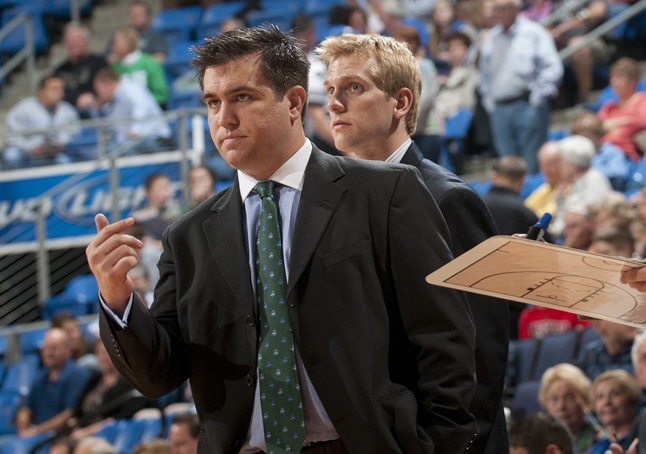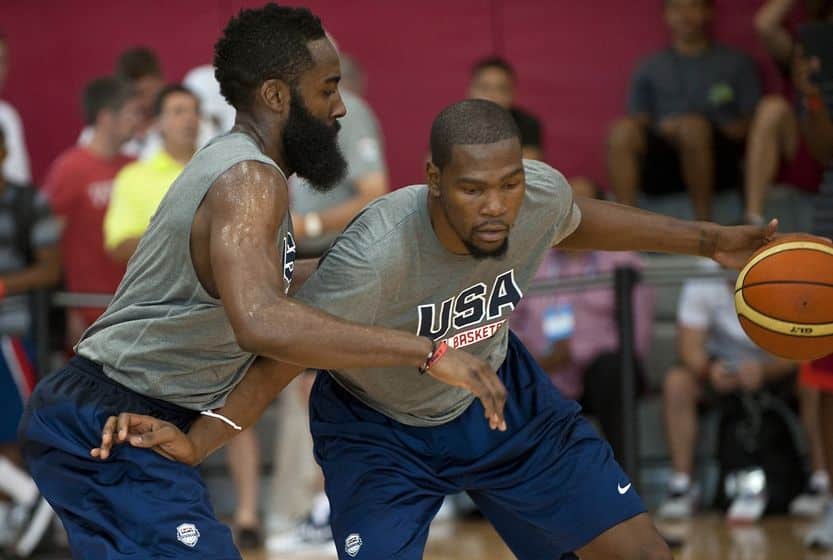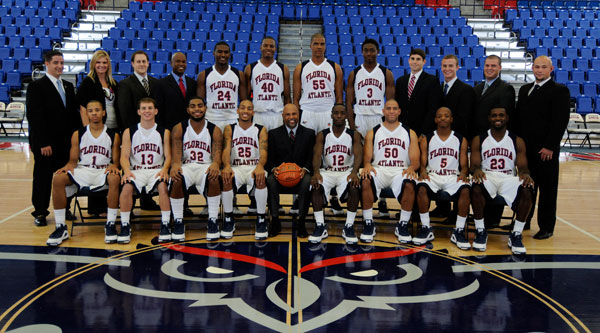
Developing a Long-Term Vision for Your Basketball Program: Setting a Plan for Succes
Creating a long-term vision for your basketball program is crucial for ensuring sustained success and development. A well-defined vision helps guide decisions, motivate players, and build a cohesive and successful program. This comprehensive guide will explore how to develop a long-term vision that aligns with your program’s goals and values.

1. Define Your Program’s Core Values and Mission
Core Values
Start by defining the core values that will underpin your program’s vision. These values act as guiding principles and should resonate with everyone involved in the program. Consider values such as:
- Teamwork: Emphasizing the importance of collaboration and mutual support among players and coaches fosters a strong team spirit. Encourage players to work together, both on and off the court, to achieve common goals.
- Integrity: Upholding ethical standards and fostering a culture of honesty is essential. Teach players the importance of playing fair, respecting the rules, and demonstrating good sportsmanship.
- Commitment: Instilling a strong work ethic and dedication to continuous improvement ensures that players are fully invested in their development and the success of the team. Encourage players to attend practices regularly, put in extra effort, and hold each other accountable.
- Sportsmanship: Promoting respect for opponents, officials, and the game itself is critical for maintaining a positive atmosphere. Teach players to handle victories and defeats gracefully and to always show respect for those involved in the game.
Mission Statement
Craft a clear mission statement that outlines the purpose and goals of your program. This statement should reflect your core values and provide a framework for decision-making. For instance, a mission statement might read: “Our mission is to develop well-rounded athletes who excel in basketball and life, promoting teamwork, integrity, and respect.” Ensure that this statement is communicated effectively to players, coaches, parents, and the broader community, reinforcing the program’s identity.

2. Set Clear, Long-Term Goals
Performance Goals
Establish clear, long-term performance goals that align with your program’s mission and values. These targets can encompass various aspects, such as:
- Championship Titles: Aim to win specific league championships or tournaments over a set period. For example, you might set a goal to win a state championship within five years.
- Player Development Metrics: Set goals for improving key performance statistics, such as shooting percentages, assists, rebounds, and defensive metrics. Track individual and team statistics to measure progress toward these goals.
- Win-Loss Records: Establish realistic win-loss record targets that encourage growth and competitiveness. Consider setting progressive targets, such as improving your win percentage each season.
Development Goals
In addition to performance goals, define objectives for player development that contribute to individual and team success. These might include:
- Skill Levels: Set benchmarks for player skill improvements, focusing on areas such as shooting, defense, and teamwork. Implement a system for tracking player progress and celebrate achievements, no matter how small.
- Leadership: Encourage players to develop leadership qualities, whether by taking on roles within the team or mentoring younger players. Foster a culture where players feel comfortable leading by example and supporting their teammates.
- Preparation for Higher Levels: Equip players with the skills and mindset necessary to advance to higher levels of competition, such as collegiate or professional basketball. Offer guidance on training regimens, nutrition, and mental preparation.

3. Assess Current Program Status
Conduct a thorough assessment of your current program to identify strengths, weaknesses, opportunities, and threats (SWOT analysis):
Strengths
Evaluate what is working well in your program. This could include:
- Coaching Staff: Assess the experience and qualifications of your coaching staff. A knowledgeable and dedicated staff can have a significant impact on player development.
- Player Talent: Identify key players who demonstrate strong potential and leadership qualities. Recognize their contributions and provide opportunities for growth.
- Community Support: Gauge the level of support from parents, alumni, and the local community. Strong support can lead to increased resources, funding, and participation.
Weaknesses
Identify areas for improvement, such as:
- Resource Limitations: Determine if there are any gaps in resources, such as funding, facilities, or equipment. Address these limitations by exploring fundraising opportunities or community partnerships.
- Skill Gaps: Assess whether players are lacking fundamental skills or if there are gaps in your coaching strategies. Consider additional training or clinics to enhance skill development.
Opportunities
Look for opportunities for growth and improvement:
- Program Expansion: Explore the possibility of expanding your program to include more teams, such as youth or developmental squads. This can help identify talent early and foster a pipeline for future players.
- Community Engagement: Increase community involvement by hosting clinics, camps, or workshops. Engaging the community can generate interest and support for your program.
Threats
Consider potential challenges or threats:
- Competition: Analyze the competitive landscape. Are there other programs in the area that could pose a threat to your recruitment efforts or success?
- Budget Constraints: Evaluate your program’s financial stability. Ensure that you have a plan in place to address any potential budget shortfalls.
4. Develop a Strategic Plan
Create a strategic plan that outlines the steps needed to achieve your long-term goals:
Action Steps
Break down each long-term goal into specific, actionable steps. For example, if your goal is to improve player development, action steps might include:
- Implementing new training drills that focus on specific skills.
- Hiring additional coaching staff to provide more individualized attention.
- Providing more opportunities for players to compete in summer leagues or tournaments.
Timeline
Establish a timeline for achieving each goal. This should include short-term milestones and long-term targets. For instance, you might set quarterly check-ins to assess progress and adjust strategies as needed.
Resources
Identify the resources needed to implement your strategic plan, such as:
- Funding: Explore potential funding sources, including grants, sponsorships, and community donations.
- Facilities: Assess your current facilities and identify any upgrades or additional spaces needed for practice and games.
- Equipment: Ensure you have the necessary equipment for training and competition, and develop a plan for maintaining and upgrading this equipment as needed.

5. Build a Supportive Team
Assemble a team of coaches, staff, and volunteers who are committed to supporting and implementing the long-term vision:
Recruitment
Hire or recruit individuals who align with your program’s values and goals. Look for people with the necessary skills, experience, and a passion for coaching.
Collaboration
Encourage collaboration among coaches and staff. Regular meetings and brainstorming sessions can help ensure that everyone is on the same page and working toward the same objectives.
Community Involvement
Engage parents and community members as volunteers or supporters of the program. This can help create a sense of ownership and investment in the program’s success.
6. Monitor Progress and Adjust as Needed
Establish systems for regularly monitoring progress toward your long-term vision:
Evaluation Metrics
Define metrics for evaluating success, both in terms of performance and player development. Use these metrics to assess whether you are on track to meet your goals.
Feedback Loops
Create feedback loops that allow players, coaches, and parents to provide input on the program’s progress. This feedback can help identify areas for improvement and inform future decisions.
Adaptability
Be willing to adapt your vision and strategies as necessary. The landscape of basketball and community needs may change, requiring flexibility in your approach.
Developing a Long-Term Vision for Your Basketball Program Conclusion:
Developing a long-term vision for your basketball program is essential for creating a successful and sustainable environment for players. By defining core values, setting clear goals, assessing current status, creating a strategic plan, building a supportive team, and monitoring progress, you can ensure that your program thrives and continues to foster the growth of athletes both on and off the court.
Remember, a strong vision not only guides the program’s direction but also inspires everyone involved to strive for excellence.



